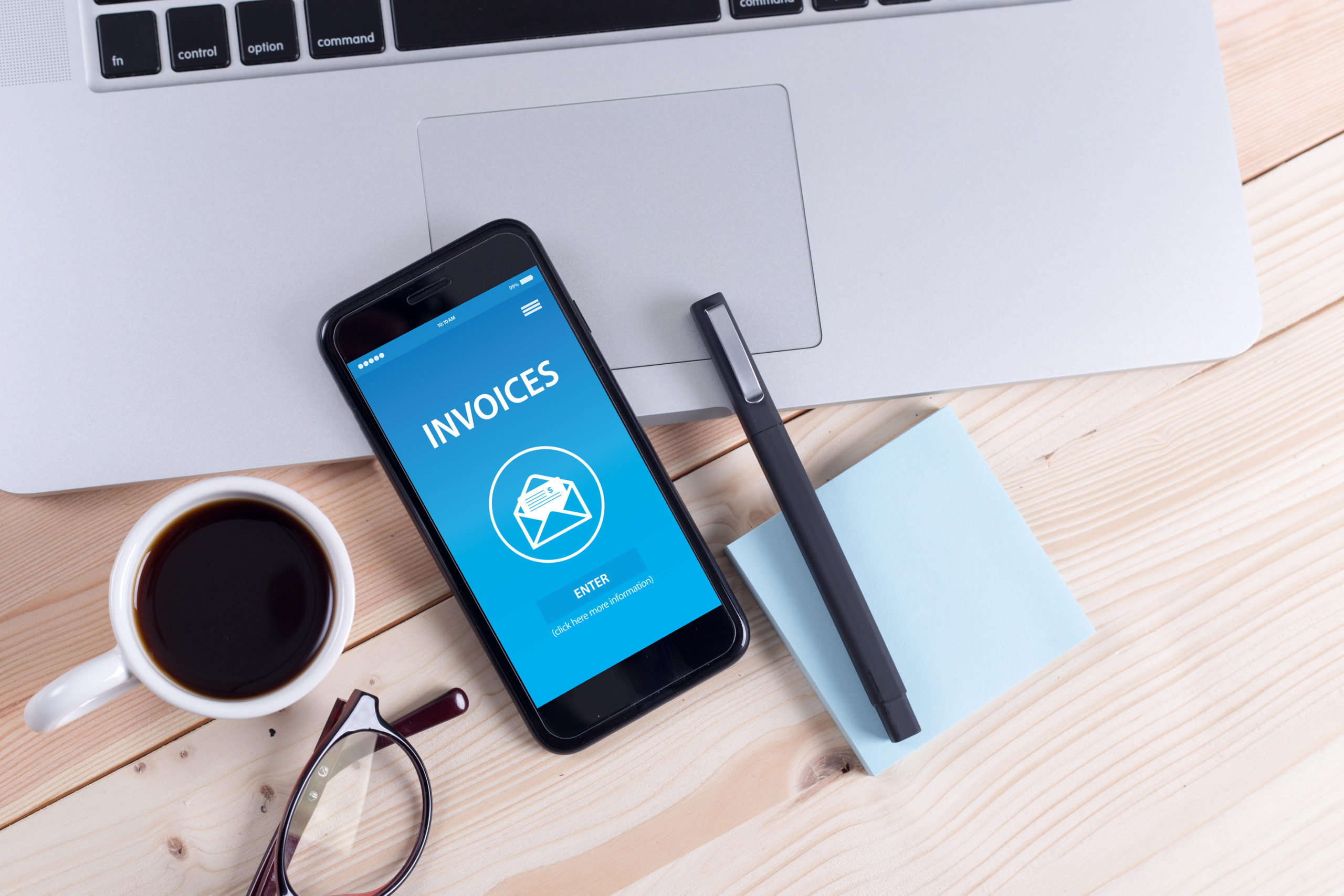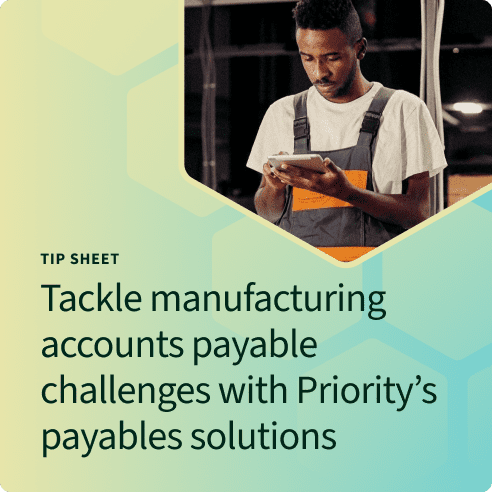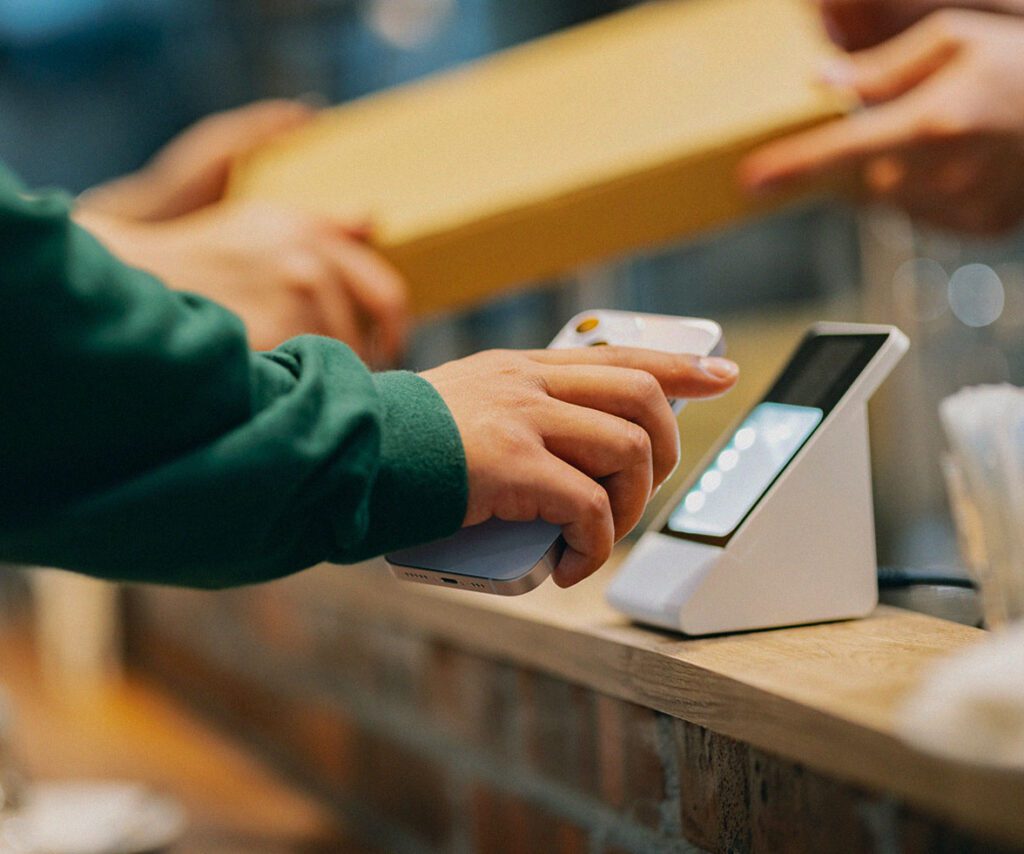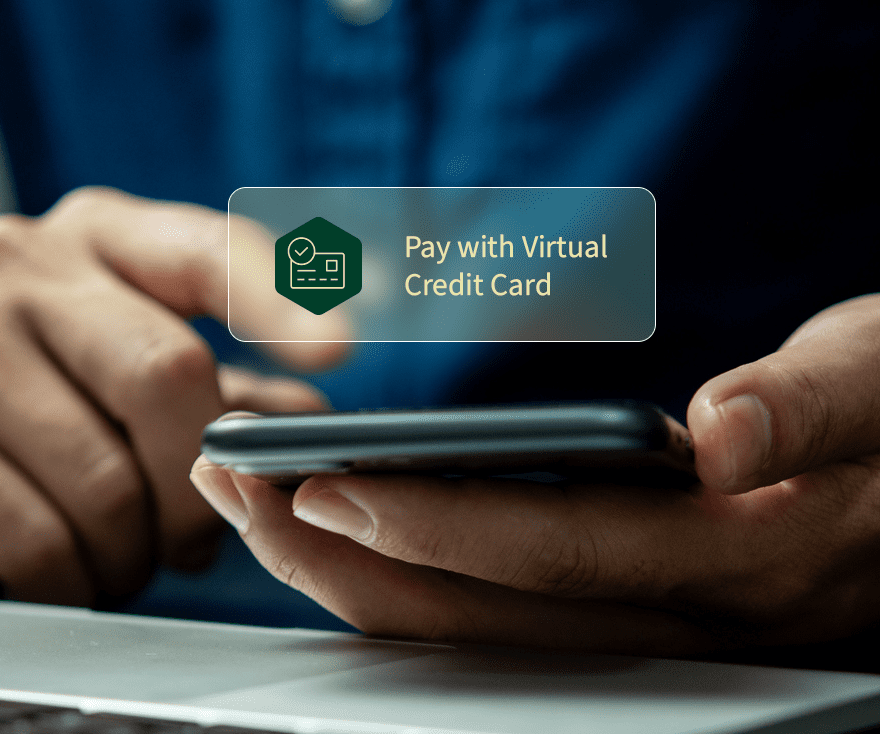
The Future of B2B Payments: 5 Trends You Need to Know About

Consumers have largely moved away from paper-based payments and toward digital ones, whether sending money via peer-to-peer mobile apps, paying bills through electronic bill-pay services or getting paid through direct deposit. Yet many companies—large and small alike—have been much slower to transition toward electronic payment technologies.
In fact, nearly half of all business-to-business (B2B) payments are still made via paper check, according to a recent American Banker article.
But some fast-growing B2B payment trends suggest that a tipping point is nearing and in the not-so-distant future, B2B payments will be largely digital.
Here are five key trends accelerating the shift toward electronic B2B payments:
- Buyers and suppliers want—and expect—faster payments.
Paper checks can take several days, if not weeks, to arrive by mail. And many suppliers—those who have seen the benefits of getting paid via much faster digital B2B payment options—are no longer willing wait that long. As more suppliers get experience being paid through faster “real-time” digital payment solutions, they will only expect to be paid faster.
Moreover, many business payers seek more efficient payment solutions that simplify payments. They want to ensure their suppliers are getting paid in a timely fashion, and B2B digital payment solutions provide them with more visibility and transaction data.
- B2B digital payment solutions are expanding quickly.
Until the past few years, the only real alternative to paper checks was traditional Automated Clearing House (ACH) transfer—which took five to seven business days. But new B2B digital payment solutions are emerging quickly. Same Day ACH, which was authorized by the Federal Reserve starting in 2017, made electronic B2B payments within a business day possible. And real-time payment (RTP) options, which initiate, clear and settle payments in a matter of minutes or even seconds, are going mainstream. In fact, two-thirds of U.S. companies say they plan to adopt real-time payments research within the next two years, according to a recent report by Levvel Research.
Another increasingly popular option: B2B virtual cards give businesses a way to pay their suppliers more quickly and efficiently, and at a lower cost. They are designed to protect against fraud, making them much safer than traditional business credit card transactions. Use of virtual cards is growing quickly, with the market expected to grow from $197B in 2020 to $338B in 2022, according to data from Windward Strategy.
- Technology allowing companies to outsource their accounts payable.
Today’s technology solutions allow companies to greatly streamline their payment processes and essentially outsource many once-costly accounts payable (AP) chores. Integrated payables solutions, for example, allow companies to put together one simple file of suppliers that need to be paid and the amount. The integrated payables company then handles coordinating the payments with each supplier—and determining the most cost-effective payment option for them, whether ACH, virtual card or even paper check.
Well-designed integrated payables greatly streamline the need for a company’s AP staff to manage and review supplier payments—allowing companies to reduce manual processing and sometimes even reduce headcount. Moreover, they provide businesses with more clarity into the payment transactions, since buyers can leave notations that specify what the payment is for, so there’s no confusion among suppliers receiving payments and how to apply it.
- Early-payment discounts are gaining popularity.
Because suppliers want to be paid faster, many have started dangling early-payment discounts to their business customers. Unlike a rebate that is received after the payment transaction, an early-payment discount is attractive because it is immediately recognized. It means that if the business agrees to pay a supplier early—such as within 10 days instead of 30 or 60 days—they will give them a discount, such as 1% to 2% off their total bill.
Because fast payment times are much less feasible when a business sends paper checks, the early-payment discount trend is helping to propel companies toward digital payments.
- The cost of B2B payments is coming down.
The good news about the shift toward digital and the expansion of options is that the costs are falling with it—and are likely to continue falling. Paper checks are expensive and time consuming for buyers to issue, with estimates suggesting the average cost of issuing each check is $1 to $26 once postage is factored in. Moreover, they can be more time-consuming due to the manual tasks involved, requiring more human labor.
Digital payment solutions can lower the average cost per supplier payment significantly. Virtual cards offer the added benefit that many companies that use them frequently to pay suppliers can earn significant rebates back.
The future of B2B payments is integrated
Staying up-to-date on today’s B2B payment trends helps ensure your company is staying competitive with how it pays suppliers while maximizing your opportunities to make your AP operations more efficient and effective while also driving cost savings.
Integrated payables solutions offer businesses the best of all worlds—allowing businesses to offer fast, convenient and multiple payment options to their suppliers. The ability to outsource AP allows companies to focus on their core services while also reaping the benefits of providing their suppliers with flexibility along with the potential for rebates.










